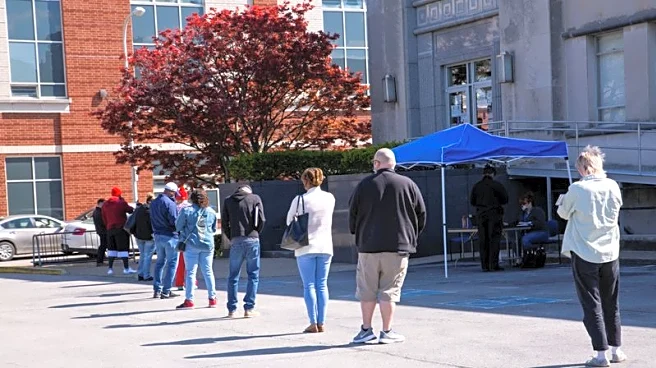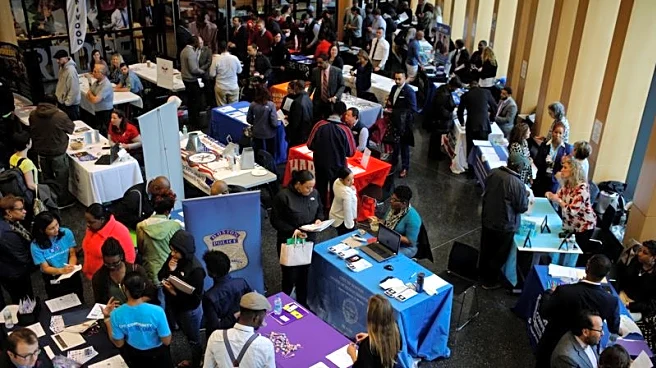By Lucia Mutikani
WASHINGTON (Reuters) -The U.S. Labor Department on Friday will not publish its closely watched employment report for an unprecedented second straight month as the government remains shut,
and fears are mounting October's report might not be released when full operations resume.
The longest shutdown on record, now in its second month, has led to a government data blackout, making it difficult for policymakers, investors, economists and ordinary Americans to get a clear view of the economy. Though private institutions have stepped in with alternative data sources, economists have cautioned these are more limited in scope and could never replace government-issued statistics.
While September's employment report, which was due on October 3, is likely to be published within days of the government being reopened, economists are not sure the Labor Department would be able to produce a full report for October as no data was collected during the month.
The October report was due on Friday. The BLS, the statistics agency of the Labor Department, surveys businesses and households for the employment report during the week that includes the 12th day of the month. The employment report is made up of the two surveys, the establishment survey from which the nonfarm payroll count is calculated and the survey of households from which the unemployment rate is calculated.
For the establishment survey, businesses typically complete a form that is sent back to the BLS. Data for the household survey is collected from a random sample of households by field workers, usually from the Census Bureau.
"I don't think the household survey data will be published," said Ron Hetrick, a senior labor economist at Lightcast.
Should the government reopen next week, that would allow data collection for November's employment report.
Hetrick, a former supervisor at the BLS who worked on the employment report for years, said it would be complicated for the field workers to also get information from participants in the household survey about their employment status during the October survey period.
"The payroll data is actually a little different," he said. "Companies are probably still tracking their payrolls ... they could potentially produce the payroll survey side of this, but I don't think the household survey is possible to do."
INFLATION REPORTS MAY ALSO NOT BE RELEASED
Similar sentiments were shared by other economists. Also in danger of not being published is the consumer price report that requires the physical collection of data.
Last month, the White House warned that October's consumer inflation report might not be published for the first time ever because of the shutdown.
"Anything that's monthly, with a household survey, there's likely to be a hole," said Erica Groshen, a former commissioner at the BLS. "The unemployment rate that comes out of the Current Population Survey, there's a good chance that might not be available either."
Goldman Sachs economist Ronnie Walker last month outlined three options for the BLS - conduct interviews and ask about the original reference week for the original October survey period, conduct interviews but shift the reference week so the time between the reference week and interview is normal, or skip collecting data for October.
"Following the 1995-1996 and 2013 shutdowns, the BLS chose the first option because it judged the potential seasonal distortions introduced by moving the reference week to be more problematic than the potential recall bias introduced by having more time pass between the reference week and interviews," Walker wrote in a note.
"However, the longer the shutdown lasts, the greater the risk that the BLS forgoes collecting October data."
(Reporting By Lucia Mutikani; Editing by David Gregorio)













